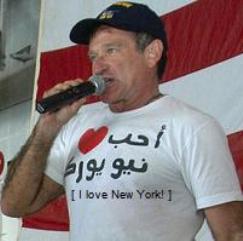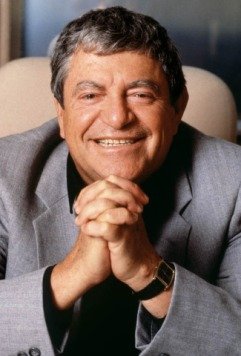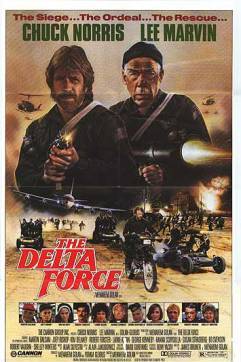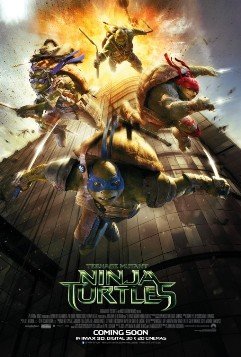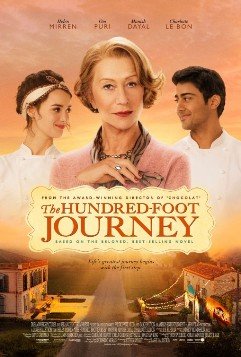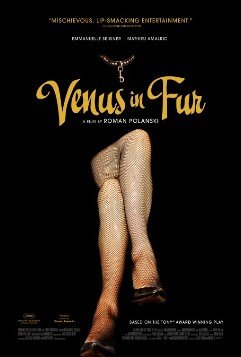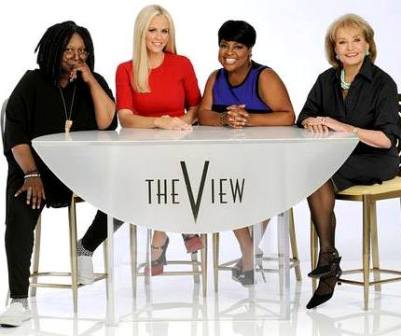
In one episode of HBO’s “The Sopranos”, notorious crime Boss Tony Soprano (played by the late James Gandolfini) and his cohorts complain about a protest organised by American Indians, at Newark’s forthcoming Columbus Day Parade. Christopher (Michael Imperioli) explains to them that they native Americans were murdered, Silvio (Steven Van Zandt) answers “It’s not like we didn’t make up for it; giving them a bunch of stuff like land, reservations and casinos.”
Tony decides to meet up with the chief who runs the casino in rustic Connecticut, that if he could get his men to call off the protest, Tony would use his mob connections to help the casino.
During the course of the meeting, over dinner, Tony points out to the chief that he doesn’t behave Indian. The Chief grins wryly and says, in spite of his one-sixteenth blood heritage, he had an “epiphany” that led him to identify with his native American origins and start the casino.
As viewers, we are left with the musing, that there isn’t much difference between a Mafia boss and an imposter Indian. They are both in it for the money.
Back in 1995, about seven years before that particular episode of the “The Sopranos” aired, “Sixty Minutes”- a Foxwood program- did a story revealing the same point; that Indian casinos were a big con. The subject of their expose was Skip Hayward, the Pequot chief who was formerly a pipefitter before he got his “epiphany” that running slots games would enhance his people’s economy.
The slots were a big hit. It didn’t take long for us to have gaming machines on the web inspired by them. The success of the slots games led to the creation of Foxwoods, with seed money from Malaysia. The entitlement of people with only ‘one-sixteenth’ of Indian heritage, gaining from profits of a casino was what enraged “Sixty Minutes”.
In 1633, the smallpox virus decimated about 90% of tribe, followed by colonists will killed several more four years later, it is surprising that a significant one-sixteenth of Pequot survive to claim heritage.
The issue of Indian casinos is not an unfamiliar one. In the small village of Sullivan County 90 miles shy of New York City, after several years of legislative dispute, the county received the go-ahead from Governor Cuomo to set up a casino. It was supposed that this would improve the region, which had been greatly affected by the downfall of tourism. For many locals, casinos present a life saver- a balloon float thrown to a drowning man at sea- much like fracking; another suggested solution to the county’s deficient economy.
After tracking the Indian casino dialogue in the Sullivan County papers for more than twenty-five years, I strongly believe that local resistance to the casino is a lot more influenced by the message behind that episode of Sopranos than anything else. If there is anything a white racist despises more than a destitute Indian, it’s clearly a wealthy one.
The Pequots and a neighbouring tribe, the Stockbridge-Munsees, submitted bids for a casino in Sullivan County. However, they retracted them when they discovered that Orange County, which is 30 miles closer to New York City had also been given permission to bid as well. It is common knowledge that casinos are more successful the closer they are to big cities. And if a casino is closer to New York, it will enjoy a larger proportion of the bounty.
This is one major reason not many tribes start casinos. For instance, it would be counter-productive for the Lakota, the Blackfoot or any existing tribes of the once-brave Indian settlements to start a casino since they are very far from the big cities.
In 1988, Congress ruled on the Indian Gaming Regulatory Act that permitted them, to not only erect casinos on reservations but also be exempted from Governmental taxes and policies.
After enduring hundreds of years of genocidal persecution, American Indians have cultivated survival strategies specific to a time and location. The right to make money from gaming casinos is one of those strategies, even if some critics perceive it as contradictory to the image of the “decent” Indian. That particular Indian was obliterated back in the 19th century, like the bison which the tribal Indians relied on for nutrition, accommodation and clothing.
It is up to the modern Indian to create their own identity, just as they did in the past. Our role as supporters of natives’ rights is to proffer our solidarity. The battleground may have changed, but the objective is the same- to protect the rights of America’s indigenous peoples.
